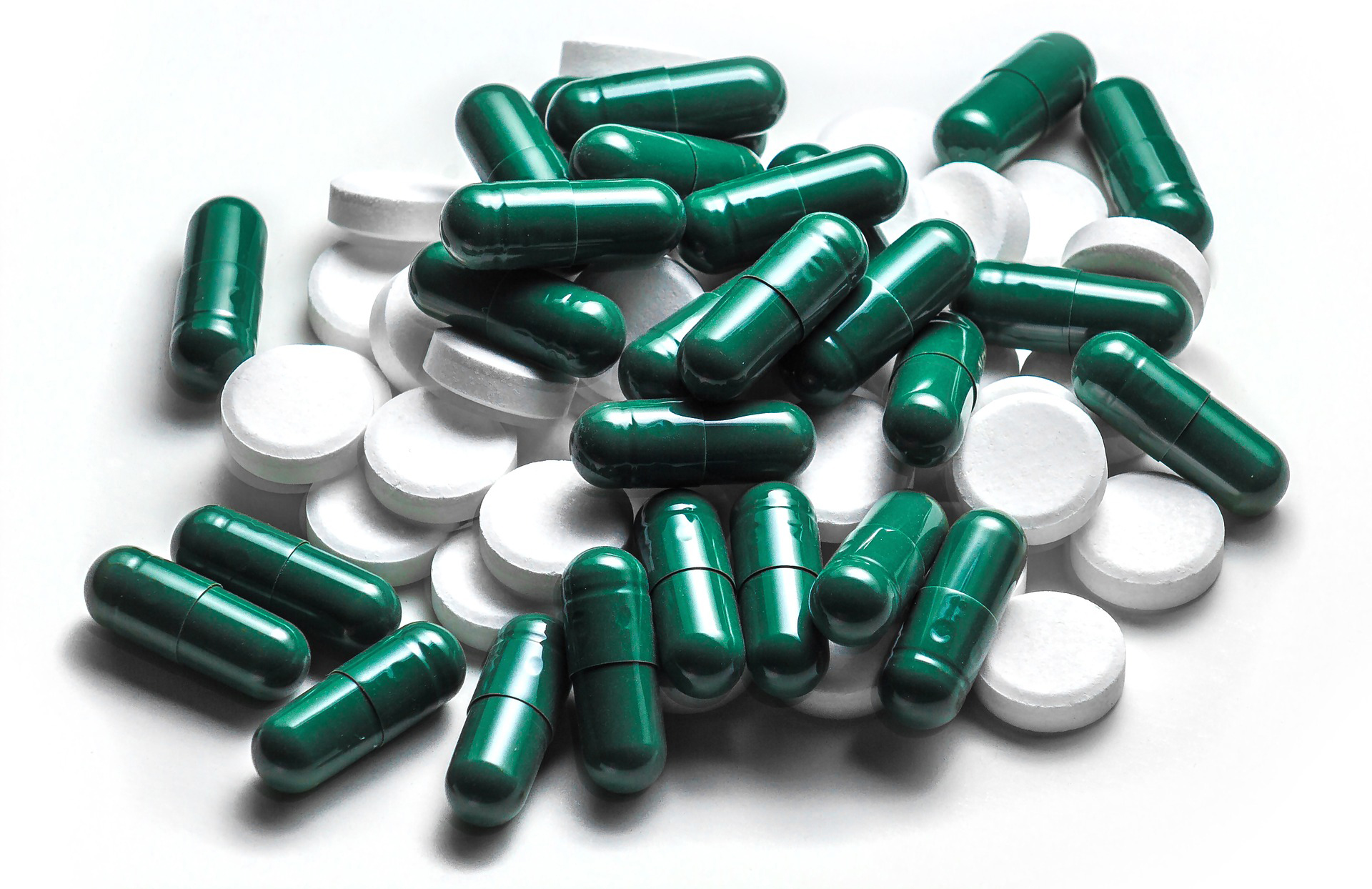
A pharmaceutical company that hiked a generic drug price by more than 5,000 per cent last fall sparked outrage among patients and health-care providers, but it’s perfectly legal, says University of Guelph economics professor Brian Ferguson.
It’s also a perfect example of textbook microeconomics at work. “The theory that we teach actually does work in a really complicated and a really emotive area,” he says.
Competition helps keep generic drug prices low; without it, drug manufacturers become monopolies that can charge whatever they want. Ferguson points to Turing Pharmaceuticals, which faced public scrutiny after increasing the price of one of its generic drugs from $13.50 to $750 per pill last fall, largely due to a lack of competition.
One of the criticisms against prescription drug pricing is the cost per pill is often much higher than the cost of making it. “Nothing is ever sold at cost of production,” says Ferguson. Drug prices include the cost of research and development — brand name drug makers spend more on research than any other industry, he adds. Not only do drug companies need to recoup these costs, they need to fund further research to develop new drugs.
The drug Sovaldi, prescribed to patients with hepatitis C, costs about $1,000 US per pill, but costs less than other treatments. “What you’re looking at is the value of the treatment,” says Ferguson. Taking the pill may help some patients avoid costly organ transplant surgery and lifelong anti-rejection medications. The total treatment with Sovaldi takes 12 weeks and costs $84,000 US. “It’s a complete cure for certain types of hepatitis C,” says Ferguson.
Two other drug companies have since developed new drugs that treat hepatitis C using different mechanisms, which brought down the cost of Sovaldi.
Gilead, the drug’s manufacturer, is recovering its costs from wealthier countries such as the United States, Canada and France, which pay more for the drug than developing countries that pay close to the cost of production.
The company is working with Indian drug makers to produce “copies” of the drug and sell them at cost to poorer countries. Ferguson says these companies have a “mixed record” for safety and quality control, although they produce many types of generic drugs sold in Canada and the United States.
The cost of prescription drugs also depends on the province where they’re purchased. “Provincial drug plans pay different prices for the same drug — we just don’t know what prices they pay.” Each plan covers different drugs and negotiates different prices for them.
Clinical trials account for a large portion of research and development costs, says Ferguson. It costs about $1 billion US to bring a new drug to market; of that, about $100 to $200 million go toward clinical trials.
Phase three trials are the most expensive and critical for the drug’s success, but 80 per cent of new drugs never make it that far. The final price tag of a successful drug includes the cost of all the failed ones. “There’s no guarantee that something that looks promising in the lab will actually make it to market,” he says.
Drug companies consider research and development as an investment where they recoup their costs over the market life of the drug, the length of the patent and the number of generics that enter the market after the patent expires. Generic drugs are cheaper than their brand name counterparts because they don’t incur research costs.
Marketing is another big expense for drug manufacturers. Despite the prevalence of drug commercials on TV, drug companies spend more money on free samples for doctors to give to their patients, says Ferguson.
He recently co-authored a white paper on drug pricing with the University of Toronto’s Institute of Health Policy Management and Evaluation, and the Canadian Centre for Health Economics.